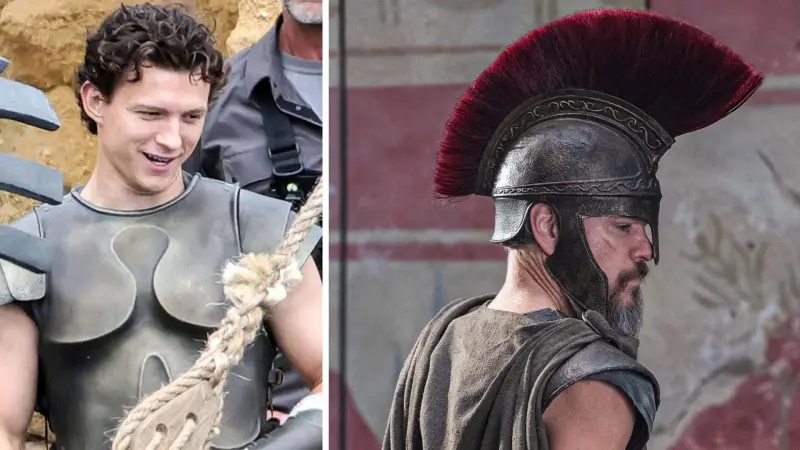The search for Cleopatra’s tomb has captivated historians and archaeologists for centuries. As one of the most famous rulers of ancient Egypt, Cleopatra VII’s final resting place remains one of history’s greatest mysteries. Despite numerous excavations and historical clues, the exact location of her burial site has yet to be confirmed.
Historical Context and Theories
Cleopatra, the last active ruler of the Ptolemaic Kingdom, died in 30 BCE, following the defeat of her forces by Octavian (later Augustus). According to ancient sources, she was buried alongside her lover, Mark Antony, in a grand mausoleum. However, the precise location of this tomb has eluded scholars. Many believe it lies near Alexandria, which was the center of her rule, but the city’s shifting landscapes and natural disasters over millennia may have buried the site beneath the modern city or beneath the Mediterranean Sea.
Recent archaeological efforts have focused on Taposiris Magna, a temple complex west of Alexandria. Excavations led by Dr. Kathleen Martinez have uncovered artifacts suggesting a royal presence, including coins bearing Cleopatra’s likeness and tunnels leading to underground chambers. While no definitive evidence has surfaced, these discoveries continue to fuel speculation about the tomb’s possible location.
Potential Historical Impact of Discovery
Finding Cleopatra’s tomb would be a monumental achievement in Egyptology. It could provide invaluable insights into her reign, burial practices, and the Ptolemaic era. Additionally, well-preserved remains or artifacts could clarify historical accounts of her appearance, lineage, and final moments. Such a discovery would also generate renewed interest in ancient Egyptian history and contribute to the preservation and study of historical sites in the region.
While the search continues, the mystery of Cleopatra’s tomb remains an enduring puzzle, inspiring scholars and explorers alike. Whether hidden beneath the sands of Egypt or submerged under the Mediterranean, its discovery could reshape our understanding of one of history’s most legendary figures.







